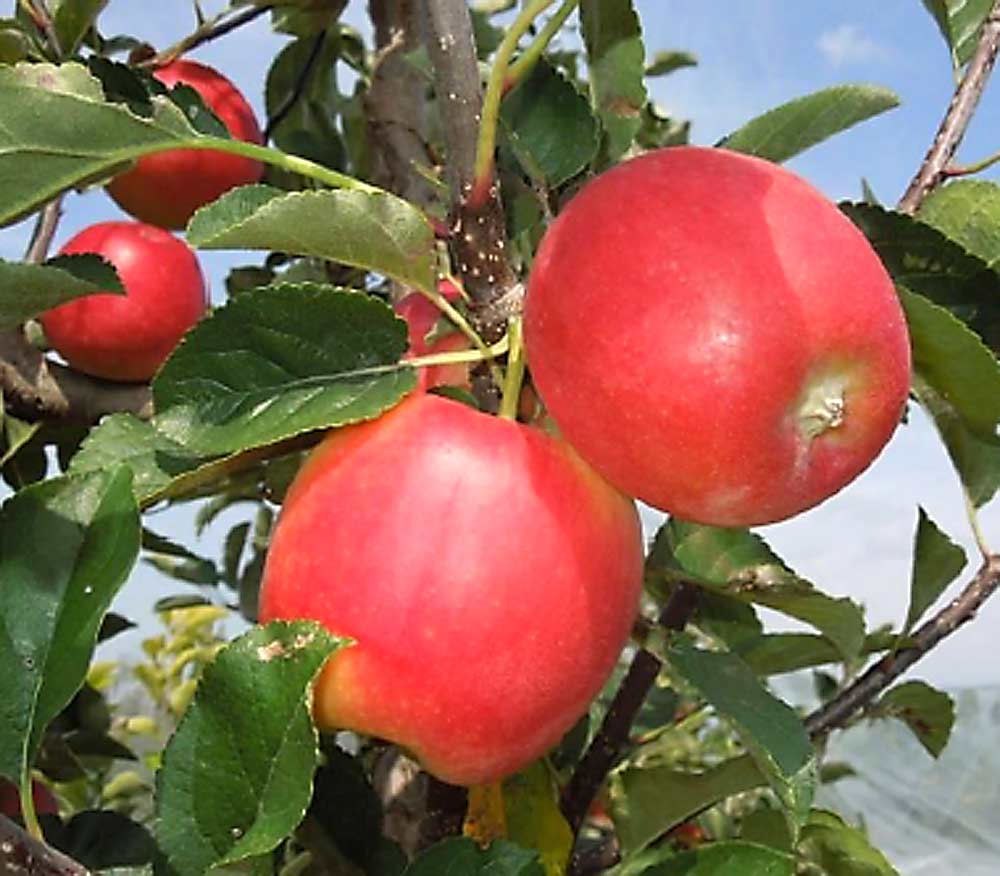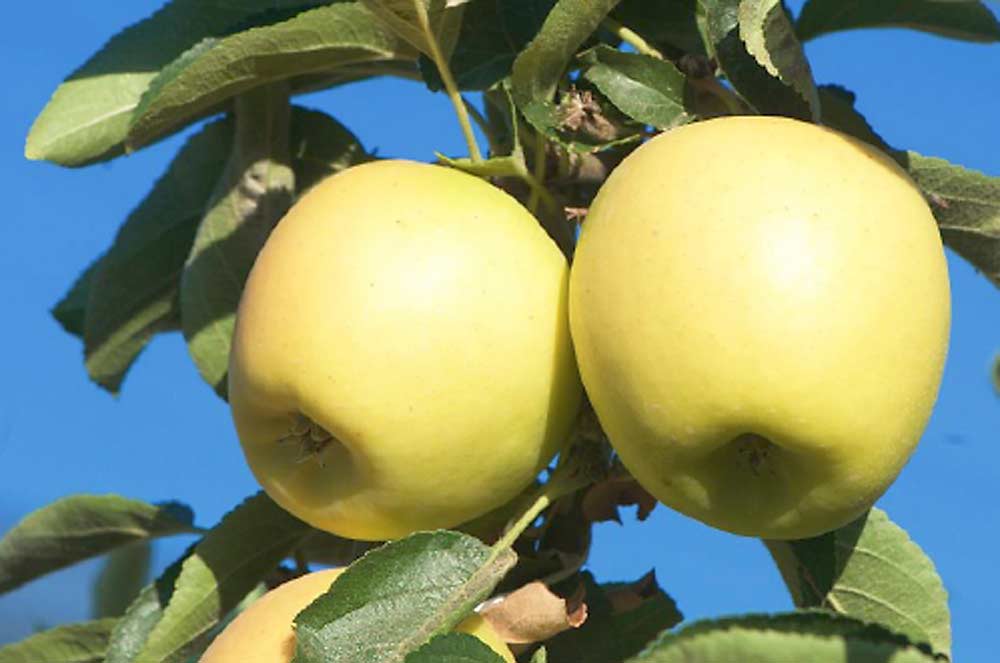
In the Catalonia region of Spain, summers get hot and stay hot, making it hard for apple and pear growers to produce high-quality fruit with good color and good postharvest performance from the traditional varieties bred in more temperate regions.
“The growers here in this area are quite progressive, but the search for varieties that do well in our climate had been a failing experience,” said Joan Bonany of the Institute of Agrifood Research and Technology, IRTA, run by the Catalan government. “We saw that none of the varieties that are doing well in other regions are doing well here. They suffer from lack of color and quality.”
With variety trials struggling to find good candidates, in 2002, IRTA and an organization of local growers known as Fruit Futur partnered with New Zealand’s Plant & Food Research to launch a breeding program specifically to meet the needs of hot climate pome fruit growers.
Now, as the first cultivars to come out of the program get ready for release, it’s clear the adaptive traits from the program will help growers both in Catalonia and around the world produce high-quality fruit as the climate warms, said Bonany, who leads the breeding program.
“It’s the merging of varieties suited to the conditions with the best consumer apples in the world. It’s not just the focus on the adaptability to the climate; it’s the focus on the consumer preference,” said Morgan Rogers, head of innovation and technology at T&G Global, the New Zealand-based produce company that’s partnering with the breeding program to commercialize the new varieties. “It’s the delivery of an amazing eating experience with the benefit of climate tolerant varieties.”
The Catalonia-bred fruit will be well-suited to other hot growing regions, especially as the climate warms, Rogers said, and it could also open up new regions altogether.
“It’s a pretty tough area to grow apples, so if we can nail it there, in places like Washington, Chile and South Africa, these will be great,” he said.
The first few commercial releases are anticipated in 2020, Rogers said, with more to come. T&G manages apples and pears globally through the ENZA program, including Jazz and Envy apples. Development and marketing plans for the new cultivars are still in the works, but Rogers said they will not all be managed as T&G exclusives.

Breeding for heat
Summer heat in Catalonia frequently reaches over 100 degrees, and it stays hot into the fall and doesn’t cool at night, which makes it hard to develop good red color on most varieties. Those warm temperatures at harvest lead to rapid ripening that can cause early drop and exacerbate postharvest disorders such as flesh browning and superficial scald.
Despite these challenges, farmers there grow 24,000 acres of apples and 29,000 acres of pears, Bonany said. The only relatively new cultivar growers have embraced is Cripps Pink, so they are eager for new options.
“This is an effort also by the Catalan growers. It’s not common for farmers to commit to a research project as long-term as breeding,” he said.
On the pear side, the challenges posed by the hot climate are less stark, but the most common pear is Conference, which was bred in the much cooler United Kingdom.
“It’s a very nice eating pear, but it’s not adapted well here,” Bonany said. “A lot of producers are looking for a new modern pear.”
The breeding program tapped into the New Zealand program’s germplasm, where adaptive traits for hot climate production had gone unnoticed because of New Zealand’s temperate conditions, said Richard Volz of Plant & Food Research.
“There was a whole host of fruit quality traits we were looking at in New Zealand, but we didn’t know for sure if our germplasm had the potential to produce seedlings adapted to hot conditions because we had been breeding in a temperate climate,” Volz said. “However, it was pretty obvious from the first fruiting seedlings we saw in Catalonia that they were material with the high fruit quality we were looking for.”
In fact, the selections coming out of the program seem to turn the disadvantages of the hot climate into assets.
“When we have the high temperatures and long seasons, we have fruit that can express their full potential of flavors and aromas,” Bonany said. “In the end, sunshine is what is driving everything.”
The goal is to have a wide variety of hot climate-adapted cultivars with diverse harvest timing, color and flavor profiles, he said.
As the breeding program continues, they are now looking to incorporate disease resistance, Volz said. Powdery mildew, apple scab, fire blight and pear psylla all pose significant problems to the region’s growers, he said.
Although preparing for climate change was not the top priority at the outset of breeding, the adaptive traits in these new cultivars will likely be in increasing demand globally.
“It’s definitely future-proofing our orchards,” Rogers said. “If we look at global apple consumption, it is generally trending down, and we need to deliver great eating products to compete with other fruit products that may be better suited to warmer growing conditions.” •
—by Kate Prengaman






Can I grow in india.